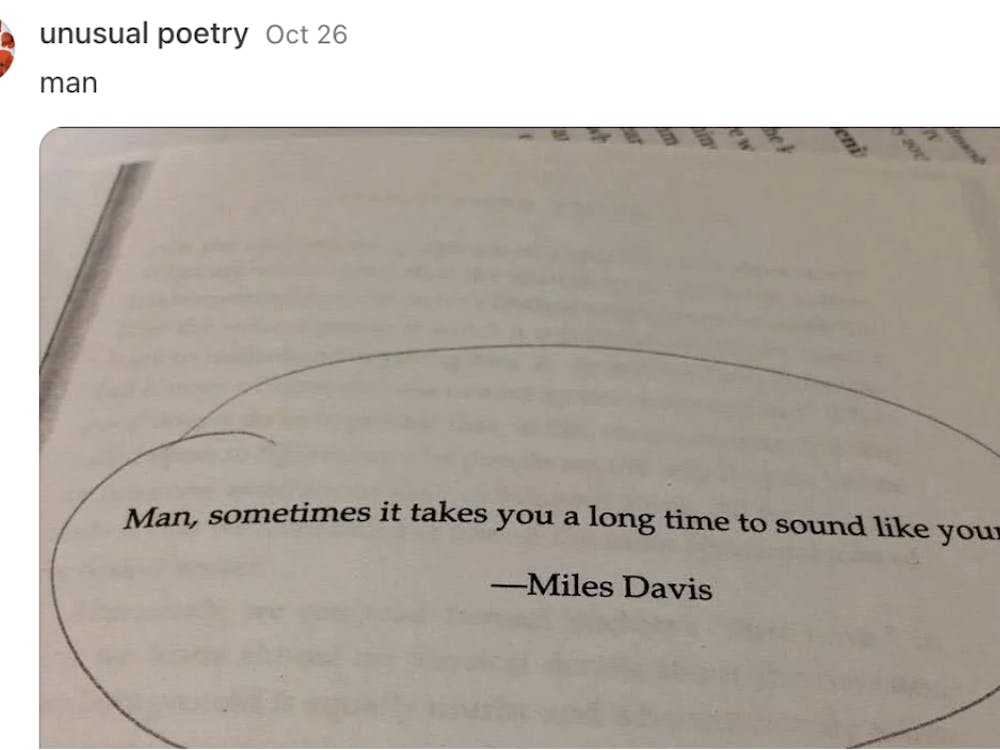Thanksgiving Break was a much-needed time to avoid thinking about school. And yet, just a few days into it, alum Michael Bloomberg made an announcement that immediately drew my attention back to Hopkins. Bloomberg explained in a Nov. 18 New York Times op-ed that he was giving $1.8 billion to Hopkins to be used for financial aid.
Upon hearing the news, my feeling of wanting to distance myself from the school for a few days immediately flipped. I suddenly wanted everyone to know where I go, that an alum was giving back in a way that would create the most positive change I could think of.
I was not alone in this feeling. Across Facebook, various Hopkins friends were posting and sharing the news. Most of them were overjoyed. Nearly two billion dollars — the largest donation ever to an institution of higher education — is going to our school, entirely to ease the financial burden on current and future students. It sounds amazing, because it is. It takes a minute for the true impact of Bloomberg’s donation to really sink in.
“No qualified high school student should ever be barred entrance to a college based on his or her family’s bank account.”
This is how Bloomberg begins his op-ed. He further explains how he found his version of the American dream by attending Hopkins in the 1960s — but that it would not have been possible without a National Defense student loan and an on-campus job. His father made $6,000 a year, qualifying him for financial aid.
There aren’t clear numbers on the percentage of students who were on financial aid in 1960, the year Bloomberg began at Hopkins. But just by looking at the numbers of the present, it is clear that there have been massive changes in the pricing of schools, drastic enough that high school-age Bloomberg may not have thought to apply to a pricey private college like Hopkins in 2018.
The tuition of a year at Hopkins for undergrads cost $3,600 in 1977, 13 years after Bloomberg graduated. In 2016, the cost had shot up, slowly over the years but with no sign of decreasing anytime soon, to $50,410. Adjust the cost from the 1970s for inflation, and there is a 254 percent increase in the price.
These numbers may shock some, but it’s likely they wouldn’t surprise a majority of the students on this campus. According to the University’s financial aid website, 52 percent of first-year students receive financial aid, with an average of over $42,000 in grants going to each person. For a slim majority of students, the entire cost of tuition — excluding room and board — is covered by financial aid.
Something about that just doesn’t seem right. Certainly Bloomberg senses it, though he is not aiming to change the game so much as he is adjusting the obstacles for those who begin without a head start.
We should look to colleges that have already stepped forward to lower their prices for students. Though it is not an undergraduate division, New York University’s School of Medicine opted to provide full tuition scholarships for all students beginning this current academic year. New York’s Excelsior Scholarship will allow in-state students from middle-class families to attend New York State and City universities for free. Cooper Union revert to offering full tuition within 10 years.
But even with these schools leading the way, we need more Bloombergs to provide for the hundreds of thousands of students who attend other institutions. Bloomberg’s gift will make Hopkins need-blind essentially forever. It will also help ease the burden of college debt beginning with current students in the upcoming spring semester. That is incredible and will impact students now and for the foreseeable future.
And yet, it’s not enough. Fewer than 6,000 undergrad students attend Hopkins. Nearly 20 million undergrad students attend colleges and universities across the U.S. They don’t all go to schools that produced an alum who is the eleventh wealthiest man alive.
American universities, both public and private, need to begin to figure out a way to lower these costs on their own. Encourage more students from lower socioeconomic backgrounds to apply by not seemingly catering to the top tiers. Yes, financial aid exists to invite students from all socioeconomic divisions. But as Bloomberg points out, when students see a $50,000 price tag, they may prematurely turn away.
Thank you, Mr. Bloomberg, for doing what you can to help bring a dream — what you see as the American dream and what many students simply see as a dream of attending an esteemed university — closer for so many. We hope that other universities will have donors who are just as generous and willing to take a chance on future generations. But we should also hope that donations to this extent will not be necessary in the future, that colleges would find a way to adjust prices to a more reasonable number.
Ariella Shua is a sophomore from Livingston, N.J. majoring in Writing Seminars. She is the Your Weekend Editor.





